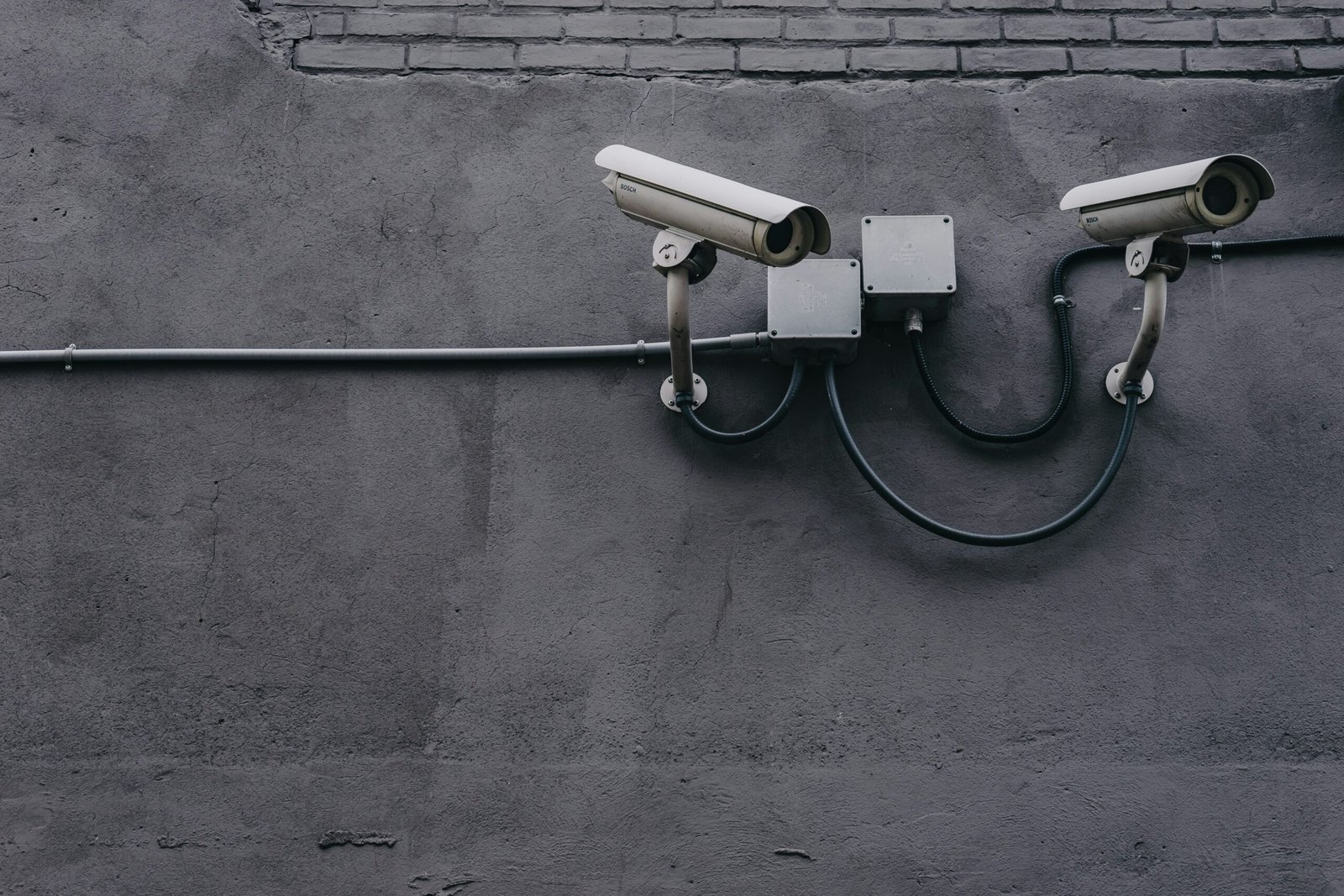Enhancing Security Posture through Security Posture Management (SSPM)

Introduction
In today’s digital landscape, organizations face constant threats to their security. With the increasing number of cyber attacks and data breaches, it has become imperative for businesses to prioritize their security posture. One effective way to achieve this is through Security Posture Management (SSPM). In this blog post, we will provide an overview of how SSPM works and its key components.
Asset Discovery
The first step in implementing an effective SSPM strategy is asset discovery. This involves identifying and cataloging all the assets within an organization’s network. Assets can include servers, workstations, routers, switches, and any other devices connected to the network. By having a comprehensive understanding of the organization’s assets, security teams can better assess the potential vulnerabilities and risks associated with each asset.
Vulnerability Assessment
Once the assets have been identified, the next step is to conduct a vulnerability assessment. This involves scanning the assets for any known vulnerabilities or weaknesses that could be exploited by attackers. Vulnerability assessment tools are used to identify and prioritize these vulnerabilities based on their severity and potential impact on the organization’s security posture. By regularly conducting vulnerability assessments, organizations can proactively address any potential security gaps and reduce the risk of a successful attack.
Configuration Management
Configuration management is another critical component of SSPM. It involves ensuring that all assets within the organization’s network are configured correctly and securely. This includes implementing best practices for system configuration, such as disabling unnecessary services, applying security patches, and enforcing strong password policies. Configuration management also involves monitoring and managing any changes made to the system configurations to prevent unauthorized modifications that could compromise the organization’s security posture.
Policy Enforcement
SSPM also includes policy enforcement, which involves implementing and enforcing security policies and guidelines across the organization. These policies define the acceptable security practices and behaviors that employees must adhere to. By enforcing these policies, organizations can ensure that all employees are following best practices and taking necessary security precautions. This can include measures such as regular password changes, multi-factor authentication, and secure remote access protocols.
Continuous Monitoring
Continuous monitoring is a vital aspect of SSPM. It involves the real-time monitoring of the organization’s assets, networks, and systems to detect and respond to any security incidents or anomalies. This can be done through the use of security information and event management (SIEM) systems, intrusion detection systems (IDS), and other monitoring tools. By continuously monitoring the organization’s security posture, security teams can quickly identify and mitigate any potential threats or vulnerabilities before they can cause significant damage.
Conclusion
Security Posture Management is a comprehensive approach to managing an organization’s security posture. By implementing asset discovery, vulnerability assessment, configuration management, policy enforcement, and continuous monitoring, organizations can enhance their security posture and protect themselves from potential cyber threats. It is essential for organizations to understand the basics of SSPM and invest in the necessary tools and resources to ensure the ongoing security of their systems and data.